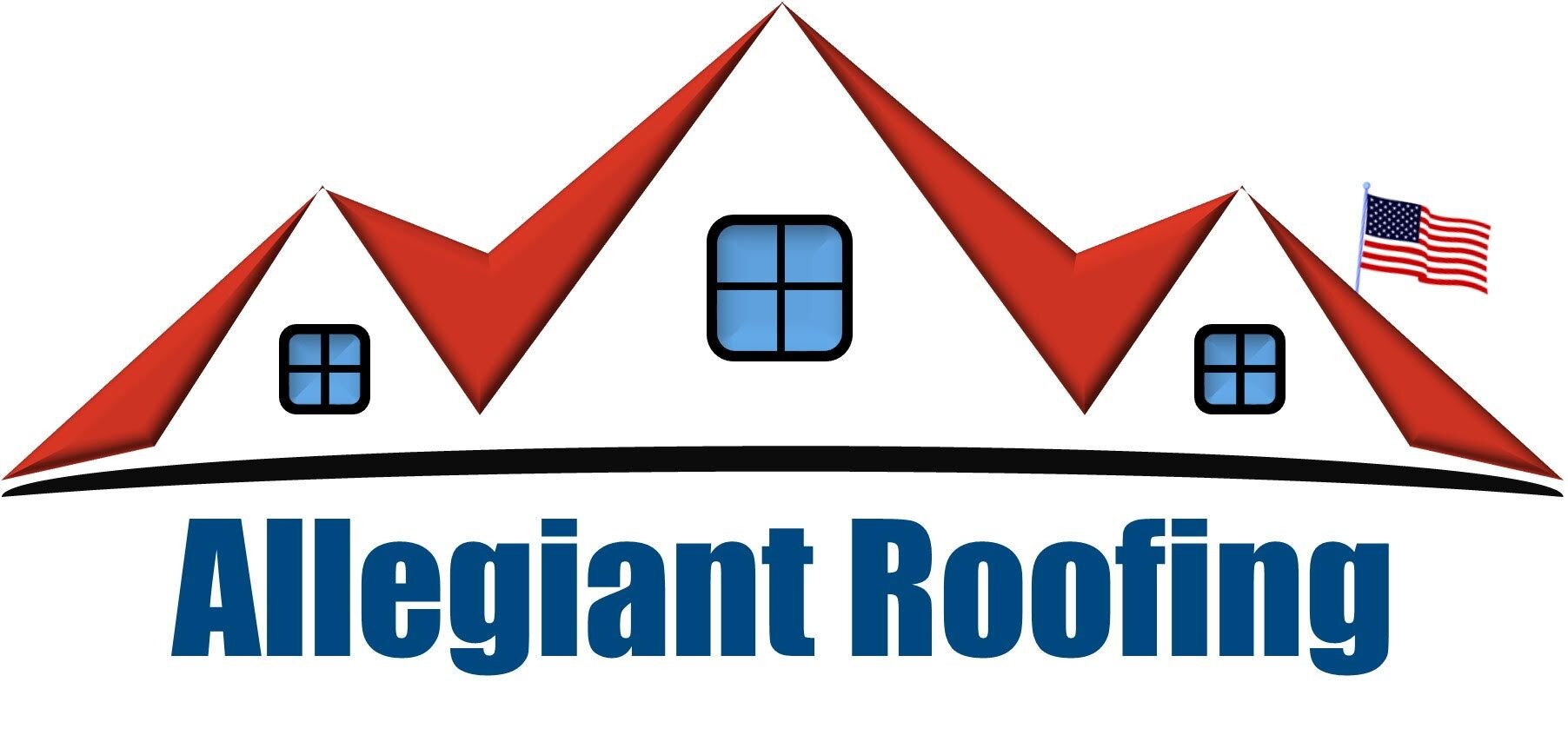Ventilation is one of the major concepts of residential architecture, especially in freestanding houses. It helps the air circulate optimally within the rooms, but protects the structure from several damages. One such damage is the rotting of the roofs. You can often find your ceiling and the roof showing damage signs like increased dampness, mold growth, water leaks, etc.
These issues mainly arise when the room ventilation is somehow below the average level. In the following section, we have presented knowledge about the consequences of improper ventilation on roofs.
Improper air temperature can weaken roofing materials
The prime impact of poor ventilation can be seen in the increasing temperature of the room’s air. In the summer season, the air will become hotter, while it will become colder beyond tolerance during winters. Such extreme temperature values can cause roofing materials to weaken, develop cracks, and form chips.
Poor ventilation facilitates mold growth
Poor ventilation can cause mold growth in both ceiling and roofing material. Mold is a type of fungi that thrives in warm and humid conditions. Over time, this infestation will spread to other roof parts and weaken the materials’ structural integrity. Mold will also emit a bad smell and make living impossible. It causes infection, especially respiratory and skin problems, so it is extremely necessary to maintain ventilation at optimal levels.
Increases humidity level beyond the limit
One of the key impacts of poor ventilation on the roof can be seen in humidity levels. Due to poor temperature control and lack of evaporation, the moisture content of the room’s air will increase. This will further cause the humidity level to skyrocket. The roofing materials will start absorbing moisture, resulting in a swollen ceiling, increased dampness and causing the entire roof to start rotting. Besides, you won’t be able to use the room due to bad odour, excessive temperature and humidity levels.
Weakens the roofing shingles
Shingle is one of the main materials with which roofs are constructed for residential structures. It is available in several ways like slate, steel, clay, asphalt, etc. Even though these products delineate outstanding performance and strength, poor ventilation can render them useless over time. The shingles will expand due to heat and moisture absorption, thereby bridging the sliver of gap present between two consecutive shingles. It further weakens the material and causes shingles to crack or form chips.
Causes roof materials to sag over time
Due to improper ventilation, the roofing materials will start losing their strength and structural tension. Over time, you can see that those materials have started to sag and can soon come loose if proper care is not taken. For example, if you have a wooden roof with inadequate ventilation, the material will sag downward. If the condition prolongs for a long time, you can see cracks forming in wood that further weakens the entire roof.
Conclusion
Improper ventilation can lead to several issues and these issues can damage the roof and reduce its lifespan. Therefore, it is essential that your roof has a balanced intake and exhaust.
If you are concerned that you may have insufficient roof ventilation, we can help!
Contact our professionals for roofing inspection today.
